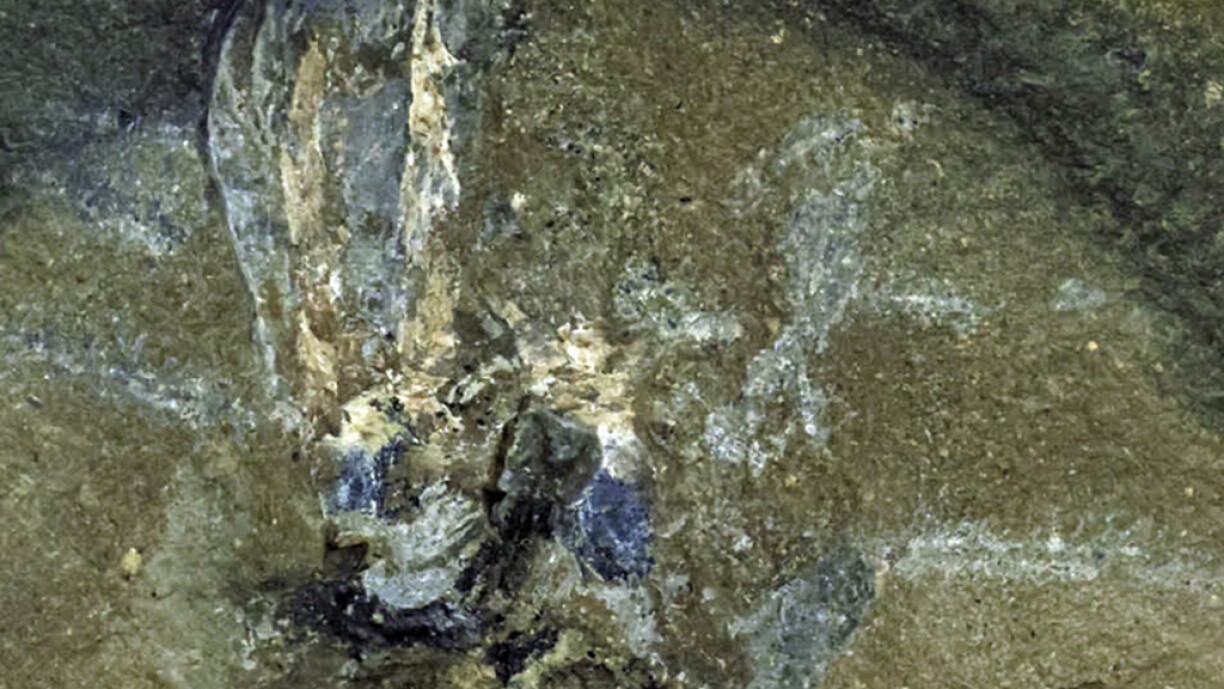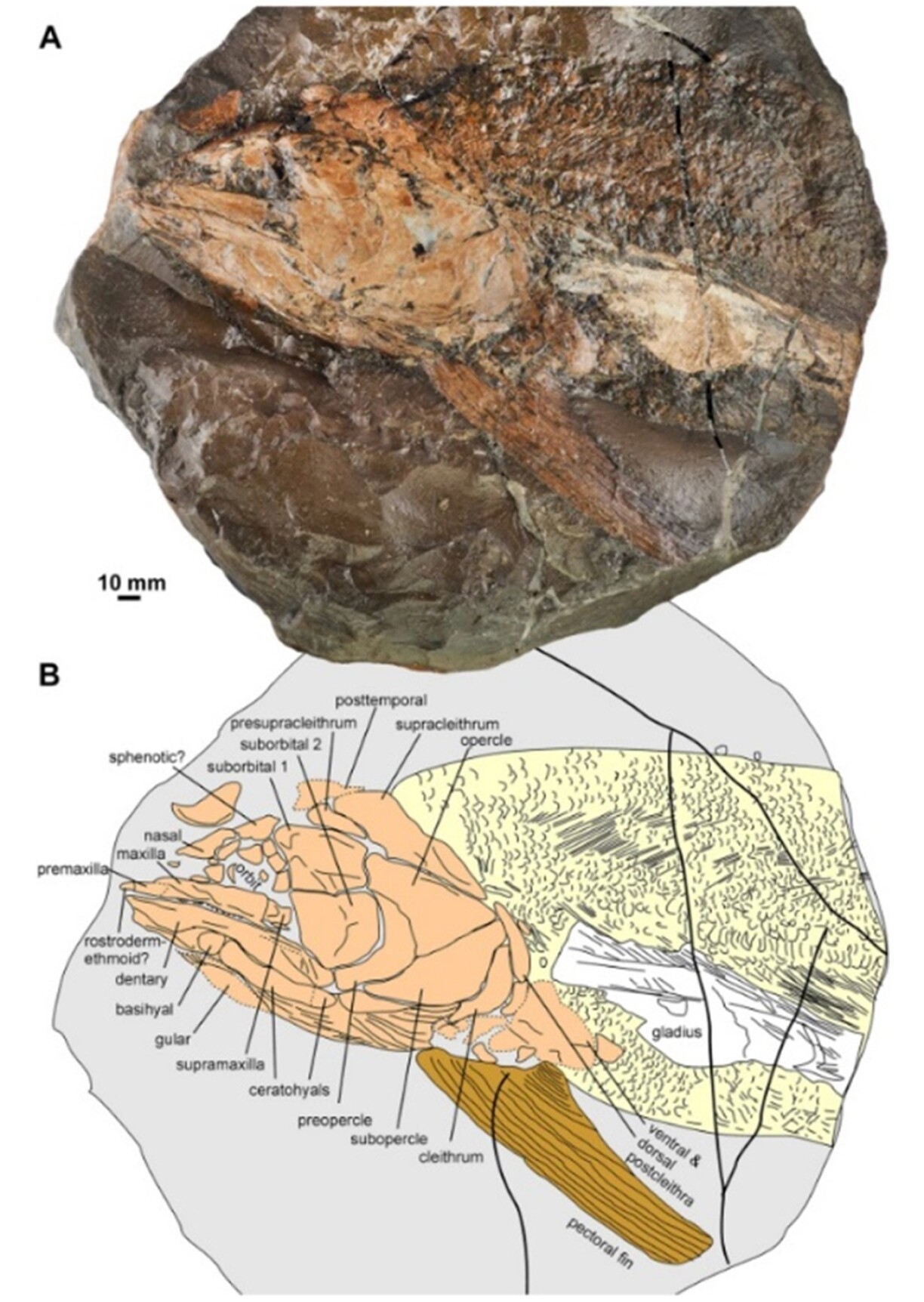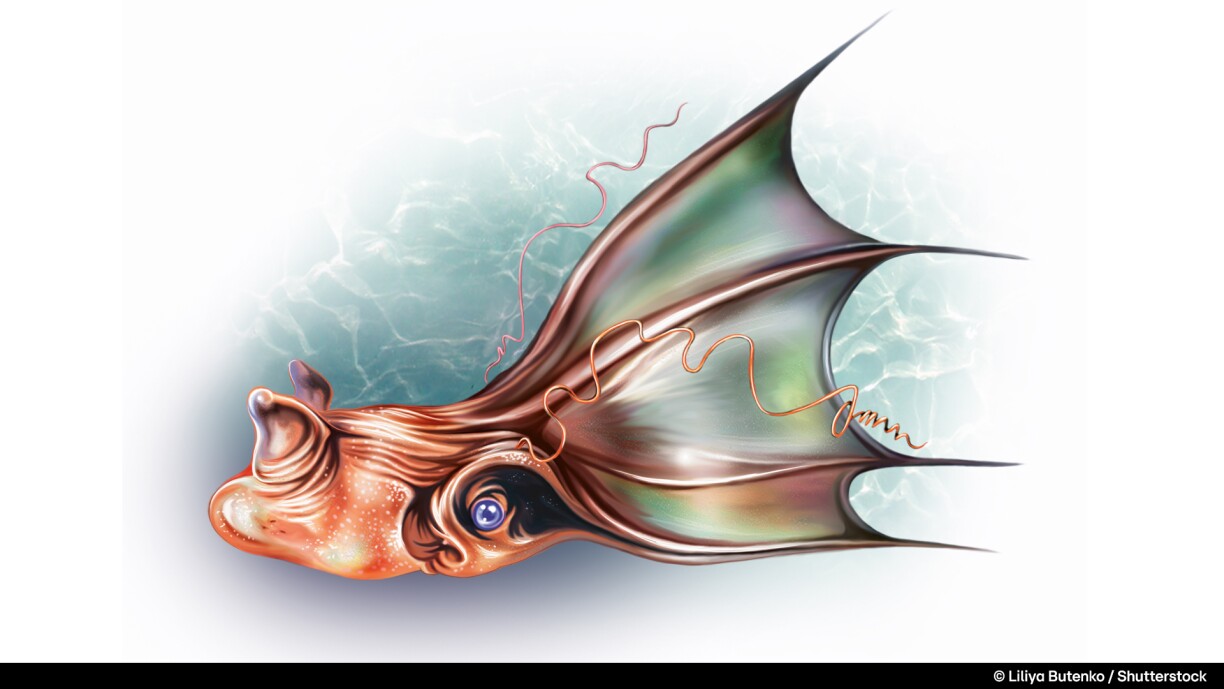
Robert Weis is a palaeontologist at the Natural History Museum and is part of the team that researched the fossil and which recently published two papers on the discovery.

“This is the first time that we have managed to describe a fossil fish which had a vampire squid in its stomach. And in a second study, we described the vampire squid, which itself also had remnants of smaller fish.”
The squid is a new species and has been christened Simoniteuthis michaelyi - after Jo Simon, who also worked on the discovery. Michaelyi is said to be dedicated to the director of the museum, Patrick Michaely.
The specimen was found during an excavation for the ‘Lost Ocean’ project in Käerjeng in May 2022.

Käerjeng is known worldwide among palaeontologists as a place where many fossils may be found, including, for example, the remains of land insects and a plesiosaur (Microcleidus melusinae).
Robert Weis explains that the vampire squid is a remarkable animal, because it is a so-called ‘living fossil’. In other words, an animal that existed millions of years ago but still lives on our planet today.

“There is only one species left today, the Vampyroteutis infernalis, which lives at a depth of 1000 metres in the sea. These fossils from the Jurassic period can be found in the layers that were deposited here in the south of Luxembourg.”
For Robert Weis, this was a very special discovery: “It is so unique when you can describe a food chain from a fossil, meaning that the remains of the eaten animal were also fossilised. And here we have that twice, immediately.”
Initially, fish were observed with vampire squid remnants in their stomachs, followed by traces of small fish ensnared within the squid’s tentacles.
In addition to the fossil’s nearly 40-centimetre long skeleton and the food remains within, residues of fossilised ink were also found in the skeleton.
But for Robert Weis, the discovery of a marine creature in southern Luxembourg is no mere coincidence. While fragments of other vampire squid have been unearthed previously, this finding is unprecedented in clarity, providing detailed insights into predator-prey relationships previously unexplored in Luxembourg.
Wëssenschaftlech Publikatioun 1
Wëssenschaftlech Publikatioun 2